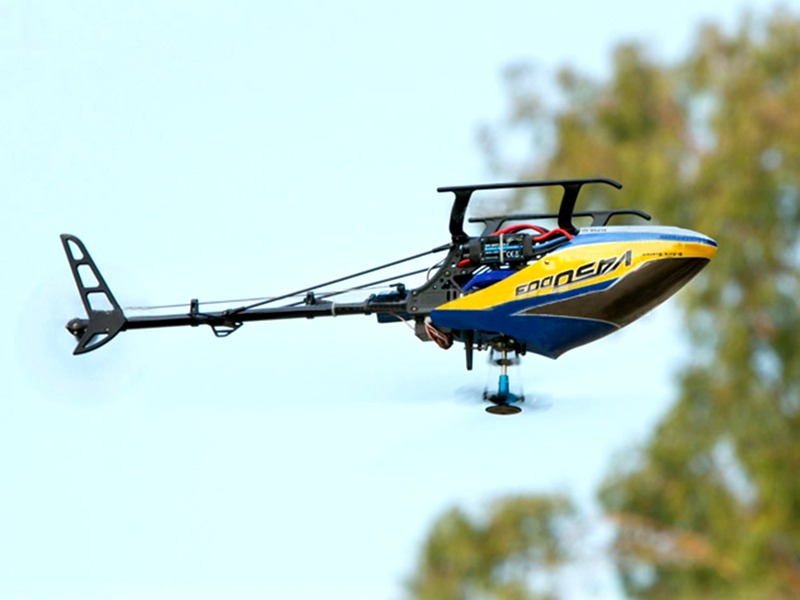How risky is a helicopter?

A helicopter is a type of aircraft that is capable of vertical takeoff and landing (VTOL). It is a highly maneuverable aircraft that can be used for a variety of purposes, including search and rescue, medical evacuation, and military operations. However, due to its complex design and operation, helicopters can be quite risky to fly.
The most significant risk associated with flying a helicopter is the potential for a crash. Helicopters are more prone to crashes than fixed-wing aircraft due to their complex design and operation. Helicopters are also more difficult to control in certain conditions, such as strong winds or turbulence. Additionally, helicopters are more susceptible to mechanical failure due to their complex systems and components.
Another risk associated with flying a helicopter is the potential for human error. Pilots must be highly trained and experienced in order to safely operate a helicopter. Even with the best training and experience, pilots can make mistakes that can lead to a crash. Additionally, pilots must be aware of the potential for mechanical failure and must be prepared to take appropriate action in the event of a malfunction.
The risk of a crash is further increased by the fact that helicopters are often operated in remote or hostile environments. This can make it difficult for pilots to access help in the event of an emergency. Additionally, helicopters are often used in low-altitude operations, which can increase the risk of a crash due to the increased risk of colliding with terrain or other objects.
Finally, helicopters are often used in dangerous missions, such as search and rescue or military operations. These missions can increase the risk of a crash due to the increased risk of enemy fire or other hazards.
Overall, helicopters can be quite risky to fly. The potential for a crash is increased due to the complexity of the aircraft, the potential for human error, and the potential for mechanical failure. Additionally, helicopters are often operated in remote or hostile environments, which can make it difficult for pilots to access help in the event of an emergency. Finally, helicopters are often used in dangerous missions, which can increase the risk of a crash due to the increased risk of enemy fire or other hazards.
Comments / Question
2. Complete a proper pre-flight inspection to check for any potential issues with the aircraft.
3. Stay aware of changing weather conditions, including wind speed and direction, fog, and thunderstorms.
4. Follow all air traffic control instructions and remain in contact with air traffic control while in flight.
5. Maintain a safe speed, altitude, and distance from other aircraft.
6. Always wear a seatbelt and a helmet while flying.
7. Ensure that the helicopter carries the appropriate equipment and supplies for any contingency.
8. Regularly check your aircraft’s fuel levels and only fly when the fuel is sufficient for the entire flight.
9. Be aware of and follow any local flight regulations.
10. Practice good navigation skills to avoid airspace restrictions and hazardous terrain.
2. Mechanical failure
3. Weather-related incidents
4. Loss of control in flight
5. Collision with terrain, objects or other aircraft
6. Loss of power or engine failure
7. Lack of maintenance
8. Design or manufacturing defects
9. Inadequate pre-flight preparation or planning
10. Poor visibility
2. Blade and Rotor Protection- Many helicopters are built with cages or other protective covers around the rotors and blades in order to minimize the risk of damage to the aircraft or injury to personnel.
3. Fire Suppression Systems- Many helicopters are outfitted with fire suppression systems to reduce the risk of a fire and damage to the aircraft and personnel.
4. Dual Navigation Systems- Many helicopters are equipped with dual navigation systems, allowing them to use both GPS and traditional navigation methods to ensure accuracy and safety.
5. Autopilot System- Autopilot systems provide pilots with an additional level of safety by allowing the aircraft to be flown on a pre-programmed route and alerting the pilot to any potential hazards.

